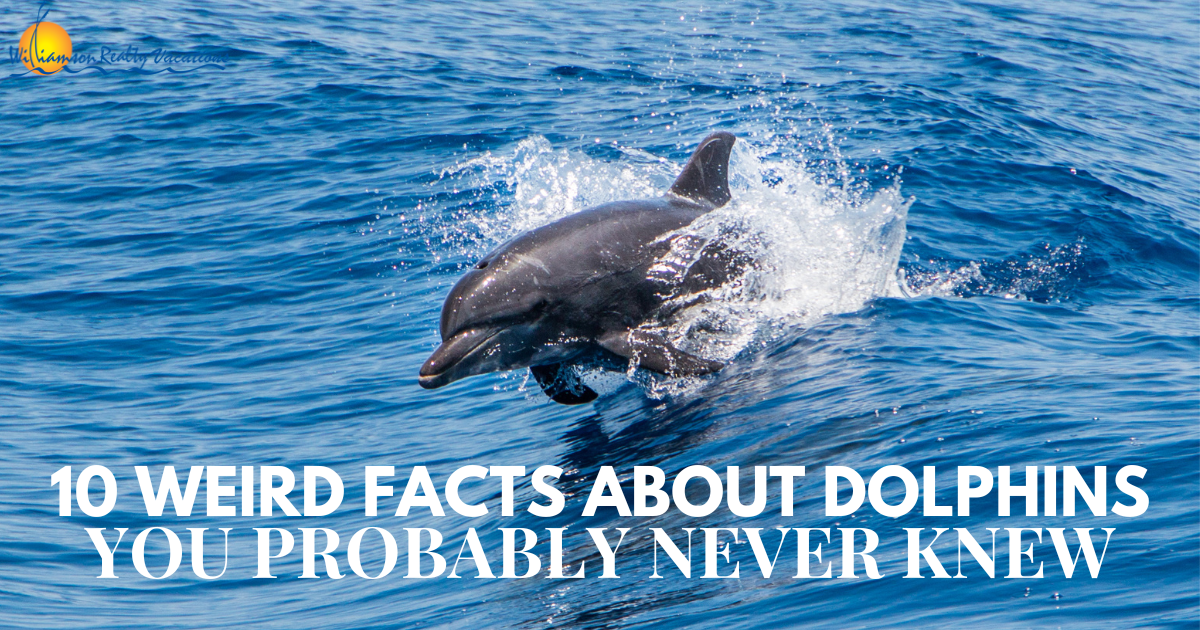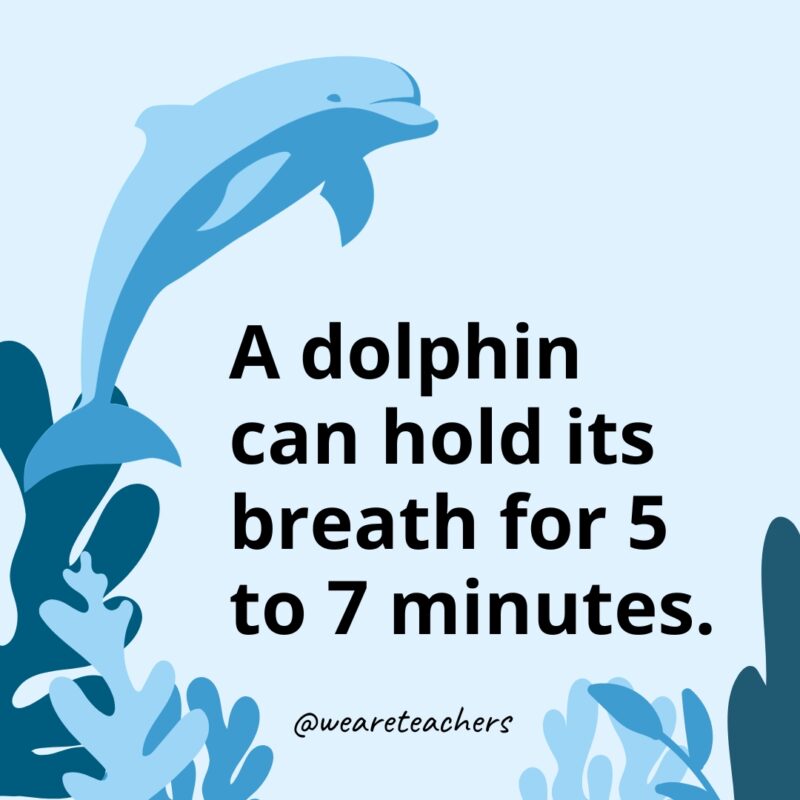Enjoyable and Educational Dolphin Facts for Children and Adults Alike
Enjoyable and Educational Dolphin Facts for Children and Adults Alike
Blog Article
Unveiling Dolphin Details: Nature's Intelligent Marine Mammals
Dolphins, commonly concerned as one of the sea's most intelligent citizens, display an interesting range of habits and social frameworks that necessitate closer evaluation. With over 40 distinct species, these marine creatures not just show exceptional communication skills and complex social interactions but additionally possess innovative cognitive capabilities that challenge our understanding of non-human intelligence.
Dolphin Types Diversity
Dolphins are a diverse team of marine animals coming from the family members Delphinidae, which encompasses over 40 distinctive types. This family members consists of well-known types such as the usual bottlenose dolphin (Tursiops truncatus), the orca or awesome whale (Orcinus whale), and the risso's dolphin (Grampus griseus) Each types shows special physical characteristics, habits, and adjustments that allow them to flourish in different marine atmospheres.
Dolphin species differ dramatically in size, varying from the small Maui's dolphin (Cephalorhynchus hectori) at about 1.2 meters to the orca, which can get to sizes of as much as 9 meters. Their coloration additionally varies, with some types displaying striking patterns that help with camouflage or social signaling. Additionally, dolphins occupy varied environments, from coastal regions and tidewaters to the open ocean, showcasing their flexibility.
Research into dolphin varieties diversity highlights the eco-friendly relevance of these mammals, as they play important roles in aquatic ecological communities. Understanding the various types is important for conservation initiatives, as lots of deal with threats from habitat loss, climate, and contamination adjustment, requiring targeted protection measures to ensure their survival.
Social Structures and Actions
The complexity of dolphin varieties is mirrored in their complex social structures and actions. Dolphins are recognized for their extremely social nature, frequently developing teams called hulls, which can vary from a few individuals to over a hundred. These sheathings are generally made up of relative, showcasing a matrilineal structure where women play a main duty in keeping social bonds and supporting spawn.

In addition, some types of dolphins, such as orcas, show complex social actions that can consist of sub-pods or clans with unique cultural techniques. These social structures are important for the survival and health of dolphin populaces, as they promote interaction, cooperation, and the transmission of understanding throughout generations. Recognizing these social dynamics is important for preservation initiatives and the protection of their all-natural habitats.
Communication Methods
Amongst the numerous techniques of interaction, dolphins utilize an innovative array of interaction techniques that facilitate social communication and control within their shells. These strategies encompass vocalizations, body movement, and echolocation, each offering unique features in their social interactions.
Dolphins generate a vast array of clicks, whistles, and pulsed sounds, which act as their main singing communication. Each dolphin has an one-of-a-kind trademark whistle, similar to a name, that allows people to recognize each other also in huge teams. These articulations can share various messages, such as signaling others to danger or collaborating group motions during hunting.
In addition to vocalizations, body movement plays a vital role in dolphin communication. Dolphin poses, such as jumping, rotating, or perhaps refined changes in positioning, convey psychological states and intentions. As an example, aggressive displays may hinder rivals, while spirited habits can enhance social bonds.
Echolocation, a biological sonar system, more help in navigation and searching. By producing acoustic waves and translating the returning echoes, dolphins can situate target and barriers properly, demonstrating their amazing flexibility in complex marine atmospheres. Jointly, these interaction strategies emphasize the complex social lives of dolphins, highlighting their knowledge in browsing their underwater world.

Intelligence and Issue Solving
Acknowledged for their innovative interaction skills, dolphins likewise display exceptional knowledge and problem-solving capabilities that further enhance their social interactions. Their cognitive capabilities are confirmed by their ability to find out complex tasks, recognize abstract concepts, and adapt to numerous ecological obstacles. Research has revealed that dolphins can resolve complex challenges, demonstrating not just their cognitive adaptability however additionally their capability for planning and foresight.
Dolphins usually engage in cooperative hunting strategies, showcasing their ability to work as a natural system. This team effort needs sophisticated analytical abilities, as they must evaluate their atmosphere, identify prospective target, and collaborate their activities to attain an usual objective. Additionally, dolphins have been observed utilizing tools, such as aquatic sponges, to shield their noes while foraging on the ocean flooring, more exhibiting their ingenious problem-solving abilities.

Human-Dolphin Communications
Human-dolphin communications have captivated enthusiasts and researchers alike, highlighting the facility relationship between these intelligent aquatic mammals and humans. From click over here old times, dolphins have been portrayed in art and folklore, signifying harmony and intelligence (Dolphin Facts). Modern interactions vary from scientific research study and conservation initiatives to entertainment activities like dolphin swimming and seeing with dolphins
Study has shown that dolphins possess look at here now advanced social structures and communication skills, which facilitate their communications with humans. These encounters frequently foster psychological connections, with many individuals reporting feelings of delight and empathy throughout such experiences. However, it is important to come close to these interactions with care, as human tasks can disrupt dolphin behaviors and environments.
Preservation campaigns significantly concentrate on promoting accountable interactions, guaranteeing that human enthusiasm does not compromise dolphin well-being. Education and learning programs aim to raise recognition about the ecological importance of dolphins, highlighting the need for sustainable techniques. By recognizing the detailed characteristics of human-dolphin communications, we can foster a respectful conjunction that profits both species and maintains marine communities for future generations. Ultimately, these interactions act as a suggestion of the extensive connections that can exist in between humans and the environment.
Conclusion
In summary, dolphins exemplify exceptional intelligence and adaptability within varied marine atmospheres. Their intricate social structures, progressed communication techniques, and analytical capabilities highlight the complexity of their habits. Human interactions with these aquatic mammals highlight the importance of responsible conservation initiatives to guarantee their survival and the security of their special info environments. Continued research study and recognition are essential for promoting a deeper understanding of dolphins and advertising their well-being in an increasingly threatened ecological community.
Dolphin varieties vary considerably in dimension, ranging from the tiny Maui's dolphin (Cephalorhynchus hectori) at around 1.2 meters to the whale, which can get to sizes of up to 9 meters. Dolphins present a selection of social communications, consisting of brushing and physical contact, which serve to enhance connections and develop power structures.
Identified for their innovative communication skills, dolphins also show amazing intelligence and problem-solving abilities that further boost their social interactions. Modern communications vary from scientific research and preservation initiatives to entertainment tasks like dolphin watching and swimming with dolphins.
Study has shown that dolphins have progressed social frameworks and interaction abilities, which promote their communications with people.
Report this page